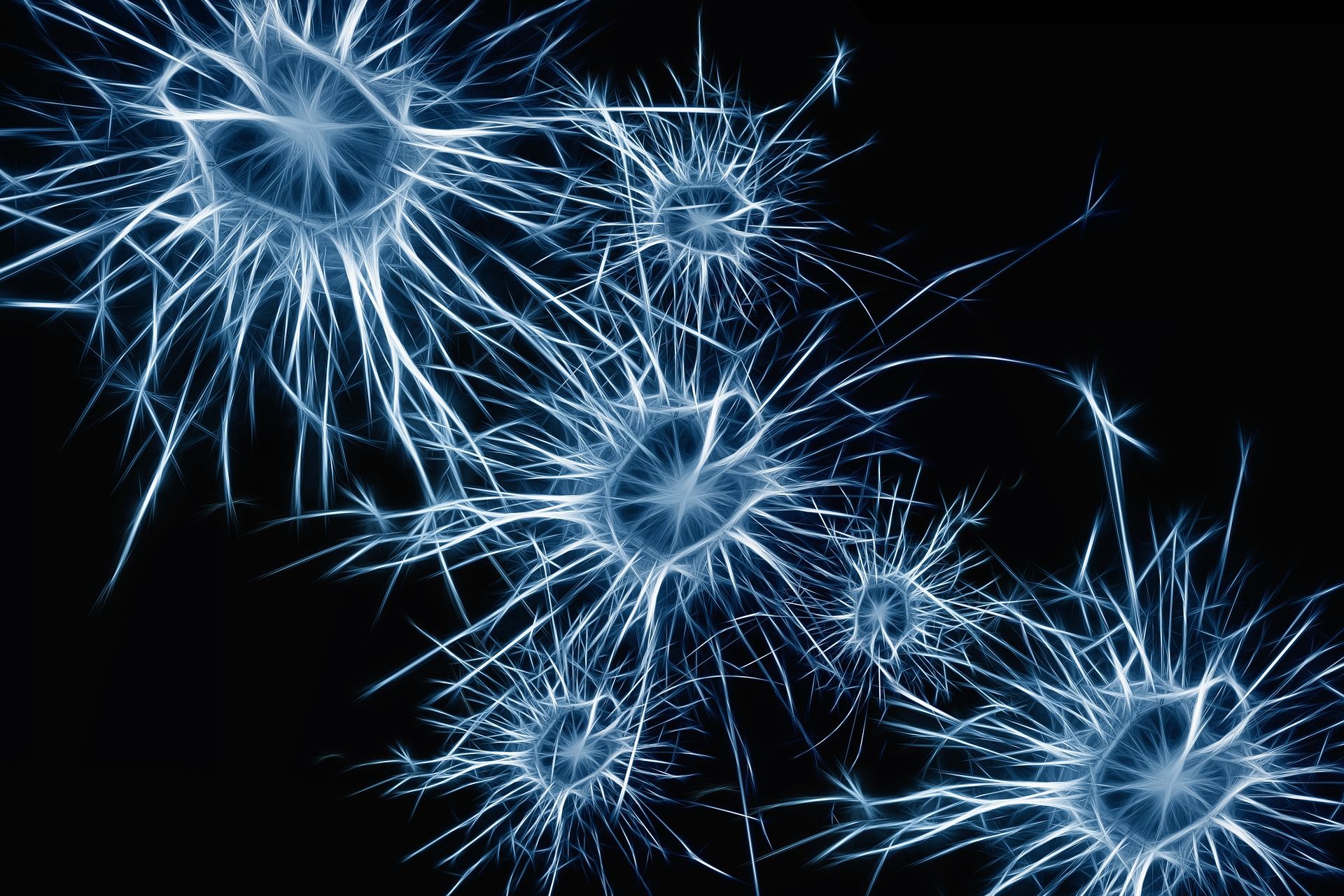Depression’s causal mechanisms revealed
A first of its kind study held at the University of Warwick’s Department of Computer Science has revealed a new approach to measure the influence one region of the brain has on another region in the context of depression.
Regions of the brain responsible for the different symptoms of depression could be pinpointed using research conducted by the University of Warwick’s Department of Computer Science. Functional magnetic resonance imaging (fMRI) was used to study the effective connectivity of the regions of the brain, which measures the influence of one area of the brain on another.
Regions of the brain responsible for the different symptoms of depression could be pinpointed
Professor Edmund Rolls, Professor Jianfeng Feng, Dr Wei Cheng, and their colleagues studied 336 patients with Major Depressive Disorder (MDD) and 350 healthy controls. Rolls and the team measured the effective connectivity of many regions of the brain to the temporal lobe to make several deductions. The temporal lobe is the region of the brain that processes sensory input for the brain to ultimately retain visual memory, language comprehension, and emotion association.
The study revealed that the brain regions responsible for reward and subjective pleasure had reduced effective connectivity to the temporal lobe input areas in patients. This could be associated with the decreased feeling of happiness found in patients with depression. Secondly, the region involved in punishment and non-reward had increased activity and reduced effective connectivity, which could explain the feeling of sadness – symptomatic of the disorder. It was also found that the region responsible for memory had increased activity and increased effective connectivity, which might serve as the source of the heightened and, often unpleasant, memory processing in depression patients.
The study revealed that the brain regions responsible for reward and subjective pleasure had reduced effective connectivity to the temporal lobe input areas in patients
“This represents an exciting new methodological advance in the development of diagnostic biomarkers and the identification of critical brain circuitry for targeted interventions for major depression,” said Dr Cameron Carter, Editor of Biological Psychiatry: Cognitive Neuroscience and Neuroimaging.
This was the first study of its kind, as previous methods enabled researchers to only study correlations between the activities of different brain regions. This approach, in fact, enabled scientists to measure the effective connectivity of different areas allowing discovery of the brain systems which make causal contributions to depression.
“These findings are part of a concerted approach to better understand the brain mechanisms related to depression, and thereby to lead to new ways of understanding and treating depression,” explains Professor Rolls.
These findings are part of a concerted approach to better understand the brain mechanisms related to depression
In this way, the study has shown that brain regions have different activities and connectivity in patients with MDD compared to healthy individuals. MDD is ranked as a leading cause of reduced years-of-life lived with disability by the World Health Organisation. Episodes of depression in this disorder, as well as in bipolar disorders, involve pathological mood states that often result in a persistently sad or depressed mood.
As such, this is a major discovery in the field of understanding brain function in the context of health and disease. The findings of this study could help revolutionise the approach to treating depression.

Comments